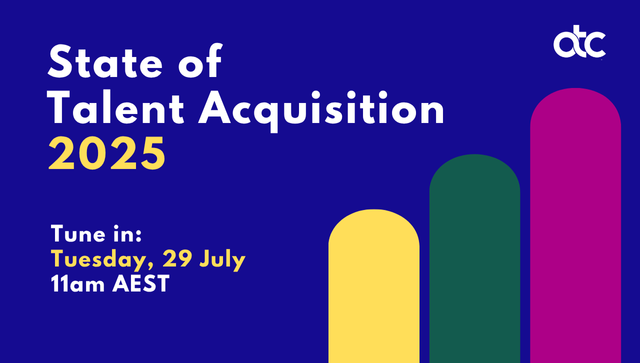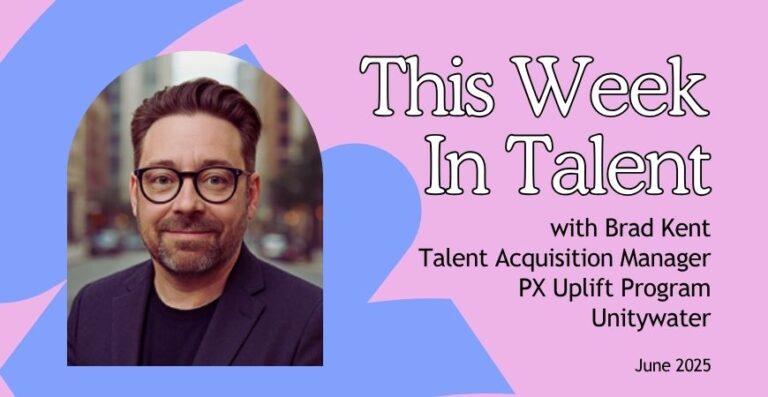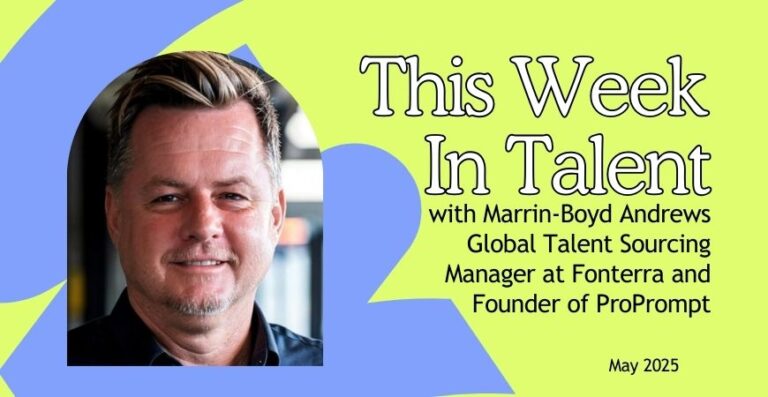One of the reasons for the talent shortage is the set of beliefs around what makes an exceptional employee or a so-called “A” player. For years high tech firms have only sought graduates of elite schools with high GPAs. Competition is high for these graduates, and salaries have been equally high.
This has spilled over to many other industries and has led to an inflation in job requirements or what is commonly called credential inflation. Positions such as secretary or bookkeeper, which used to require only a certificate or two-year degree now require a four-year degree or more. There are very few positions in high tech that do not call for at least a BS degree.
These requirements have become associated with the so-called “A” players that firms seek in the belief that they will outperform those with lesser credentials.
But this belief is not validated by the research. Laszlo Bock, former head of people operations at Google, analyzed and dispelled these beliefs. His book Work Rules explains and documents the research that led Google to remove a four-year degree requirement from many positions.
Now Facebook, Walmart, and Accenture have also reduced their job requirements. There seems to be a trend to focus more on potential than on degrees and experience, especially as the talent shortage grows. Skills such as communication skills, general ability, and motivation are becoming more important.
Lazlo Bock and others believe that “A” players more often emerge from within your organization or are made by it because of the systems and processes you have in place.
One characteristic of the most productive and innovative employees is that they often are difficult to work with. Jeffrey Pfeffer, the co-author of Hidden Value: How Great Companies Achieve Extraordinary Results With Ordinary People, and a professor at Stanford, records that Michael Jordon was cut from his high school basketball team. Other high performers have all sorts of issues when it comes to both performance and teamwork, but high GPAs are not a common characteristic.
The difficulty for recruiters and hiring managers is knowing who is or might become an “A” player.
We do know that it is almost impossible to find “A” players outside your firm and then insert them successfully into it. Those who are hired because they were high performers at one company often fail at a new one. Companies that have spent huge amounts of money and time on competency analysis and developing complex selection systems, including a lengthy interview process, do not necessarily have more creative workforces. There are many analogies in the sports world. Many top major league players were considered poor choices or weak as rookies. They excelled, however, when challenged and when they were part of a well-functioning organization. Great players tend to emerge over time rather than appear fully formed at the interview.
When organizations combine rigorous development activities and provide continuous job opportunities, they produce exceptional employees. Historically, IBM and General Electric developed employees who were sought after by everyone. These firms spent billions on development programs, established internal rotations, and encouraged employees to move internally to gain knowledge and exposure.
Here are some proven ways to improve your hiring and development systems.
You Don’t Really Know Who’s the Best
Those that you think are the best, the brightest, or the smartest may not be. The problem in looking for the best is that you are probably using suspect criteria. The fatal flaw inherent in all competency systems is changing circumstances. What was a winning competency pre-pandemic or in another firm may be a losing one today.
Most recruiting processes, performance management systems and high potential succession planning systems tend to select or reward those who did yesterday’s work well.
Creative and productive employees often arise when organizations allow easy internal mobility and provide development opportunities. Rather than create systems that try to choose the best, it is wiser to use data and observation to identify those who achieve goals consistently, take advantage of development programs, and show their motivation. Then give them the chance to demonstrate their ability.
Development & Flexibility Are Key
Firms that take an open view of development and let people find their own competence and interest often produce “A” players. It is a solid investment to provide development opportunities broadly for everyone and reward and promote those who take advantage of the opportunities. Unilever is offering employees various development opportunities as it strives to remain attractive to the best talent. If we believe that talent often emerges where we least expect it, we cannot afford to limit development opportunities only to certain levels or types of employees.
Source Internally Aggressively
Most of the very best talent comes from within and from below. We are all enamored with the outside “guru” and frequently pass on the person right in front of us who is equipped with the skills, the cultural understanding, and the motivation to exceed. Recruiters need to develop internal networks, referrals programs and encourage and educate managers on the need to give people opportunities, even when the exact skills are not a match.
Select for Broad-based Competencies
We should be looking to hire people with motivation to learn, cultural compatibility, and a basic technical skill set that experiential opportunities, formal development, and good mentoring can develop.
We need to move away from yesterday’s standards for performance, narrow competency definitions, and inflated credentials as an indicator of potential.
This article originally appeared in the Future of Talent newsletter and has been republished here with permission.
Image source: Shutterstock







